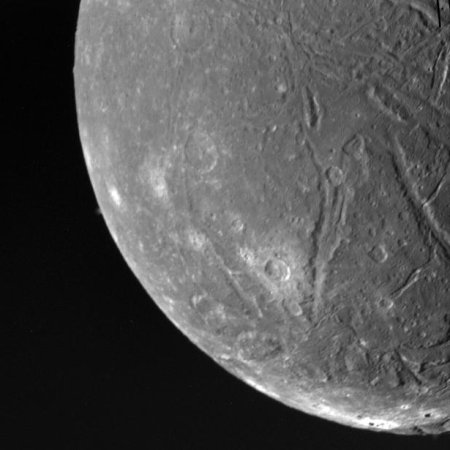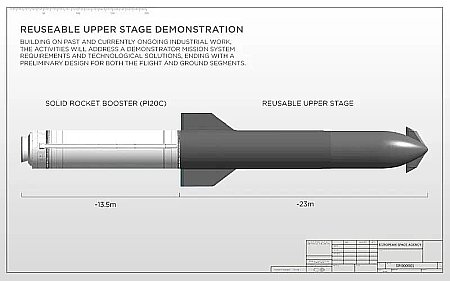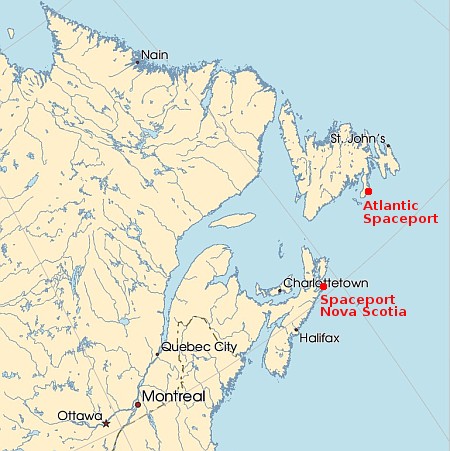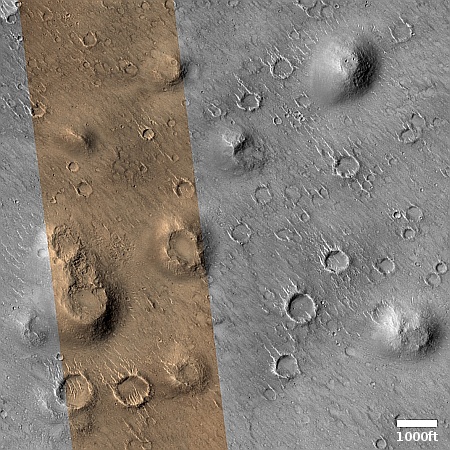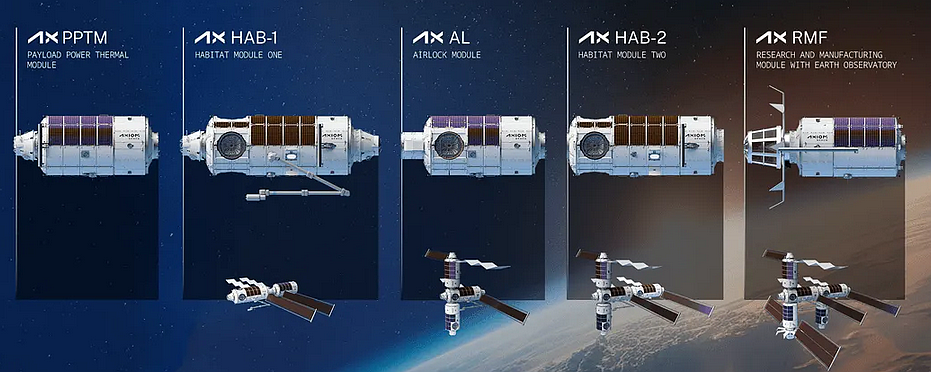Next Starship/Superheavy test set for October 13, 2025
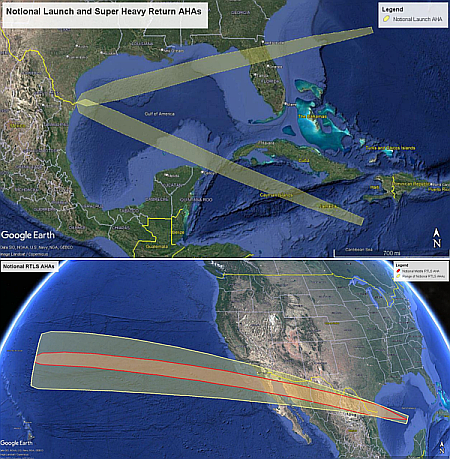
The planned return trajectories for both
Superheavy and Starship on future tests
In an update posted yesterday on SpaceX’s website, the company revealed that it is targeting October 13, 2025 for the eleventh orbital test flight of its Starship/Superheavy rocket.
The update also provided details about the company will test during this flight, including the reuse of a second Superheavy booster.
The booster on this flight test previously flew on Flight 8 and will launch with 24 flight-proven Raptor engines. Its primary test objective will be demonstrating a unique landing burn engine configuration planned to be used on the next generation Super Heavy. It will attempt this while on a trajectory to an offshore landing point in the Gulf of America and will not return to the launch site for catch.
Upon return the booster will start off by firing thirteen engines, the five, and finally three just before landing, to test refinements to its return to Earth.
Starship meanwhile will mostly repeat with variations the test program from flight 10, including the deployment of dummy Starlink satellites, the relight of one of its Raptor engines, and the testing of different thermal protection systems. It will once again fly a low orbital path that will bring it down in the Indian Ocean, either under control or not. This Starship prototype is the last of version two, so there are a limited number of things it can test.
Beginning with the 12th test flight, the company will begin flying version 3, and will likely quickly move to full orbital flights and a chopstick catch of Starship at Boca Chica, as shown by the flight paths in the graphic to the right.

The planned return trajectories for both
Superheavy and Starship on future tests
In an update posted yesterday on SpaceX’s website, the company revealed that it is targeting October 13, 2025 for the eleventh orbital test flight of its Starship/Superheavy rocket.
The update also provided details about the company will test during this flight, including the reuse of a second Superheavy booster.
The booster on this flight test previously flew on Flight 8 and will launch with 24 flight-proven Raptor engines. Its primary test objective will be demonstrating a unique landing burn engine configuration planned to be used on the next generation Super Heavy. It will attempt this while on a trajectory to an offshore landing point in the Gulf of America and will not return to the launch site for catch.
Upon return the booster will start off by firing thirteen engines, the five, and finally three just before landing, to test refinements to its return to Earth.
Starship meanwhile will mostly repeat with variations the test program from flight 10, including the deployment of dummy Starlink satellites, the relight of one of its Raptor engines, and the testing of different thermal protection systems. It will once again fly a low orbital path that will bring it down in the Indian Ocean, either under control or not. This Starship prototype is the last of version two, so there are a limited number of things it can test.
Beginning with the 12th test flight, the company will begin flying version 3, and will likely quickly move to full orbital flights and a chopstick catch of Starship at Boca Chica, as shown by the flight paths in the graphic to the right.




